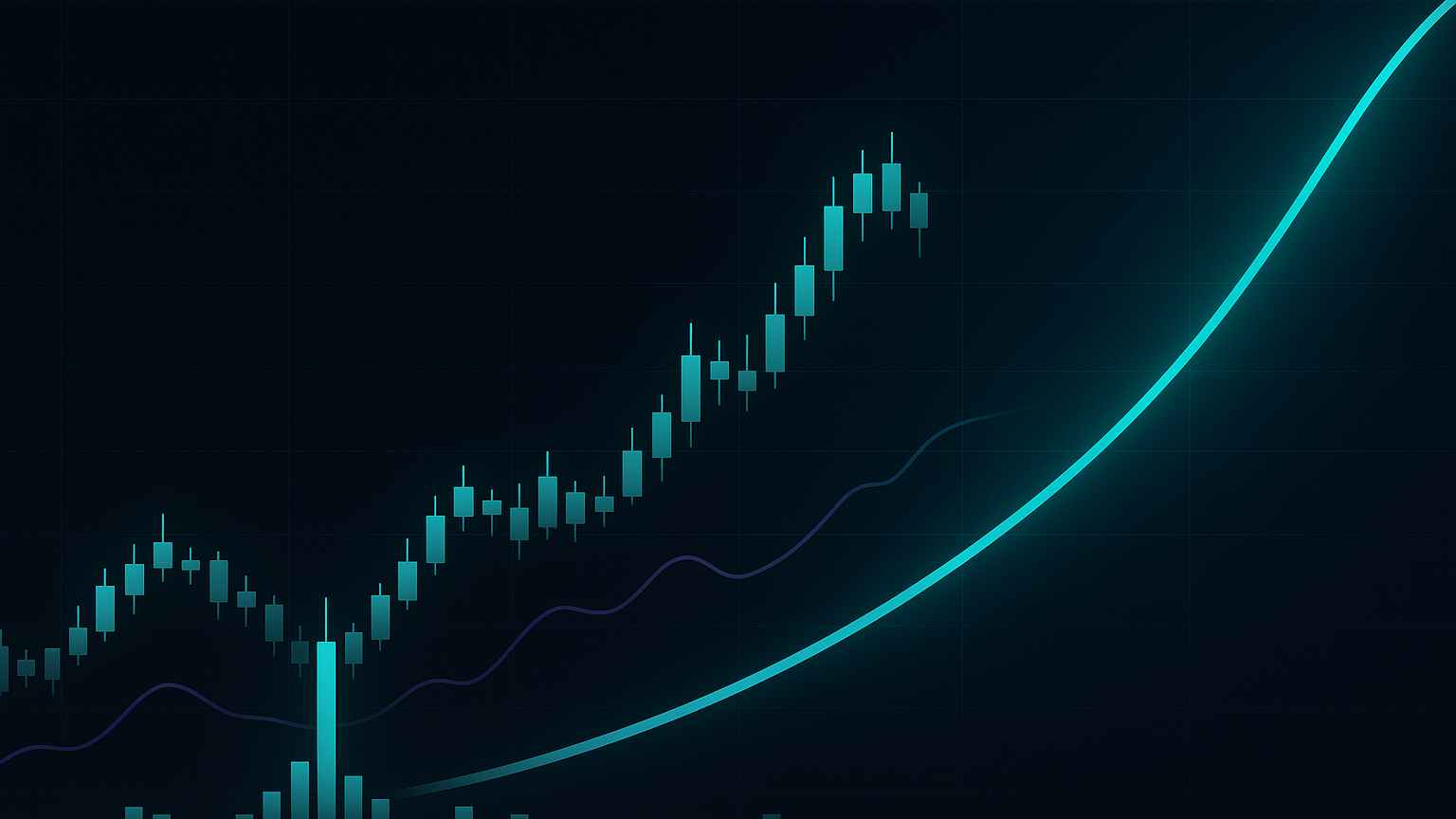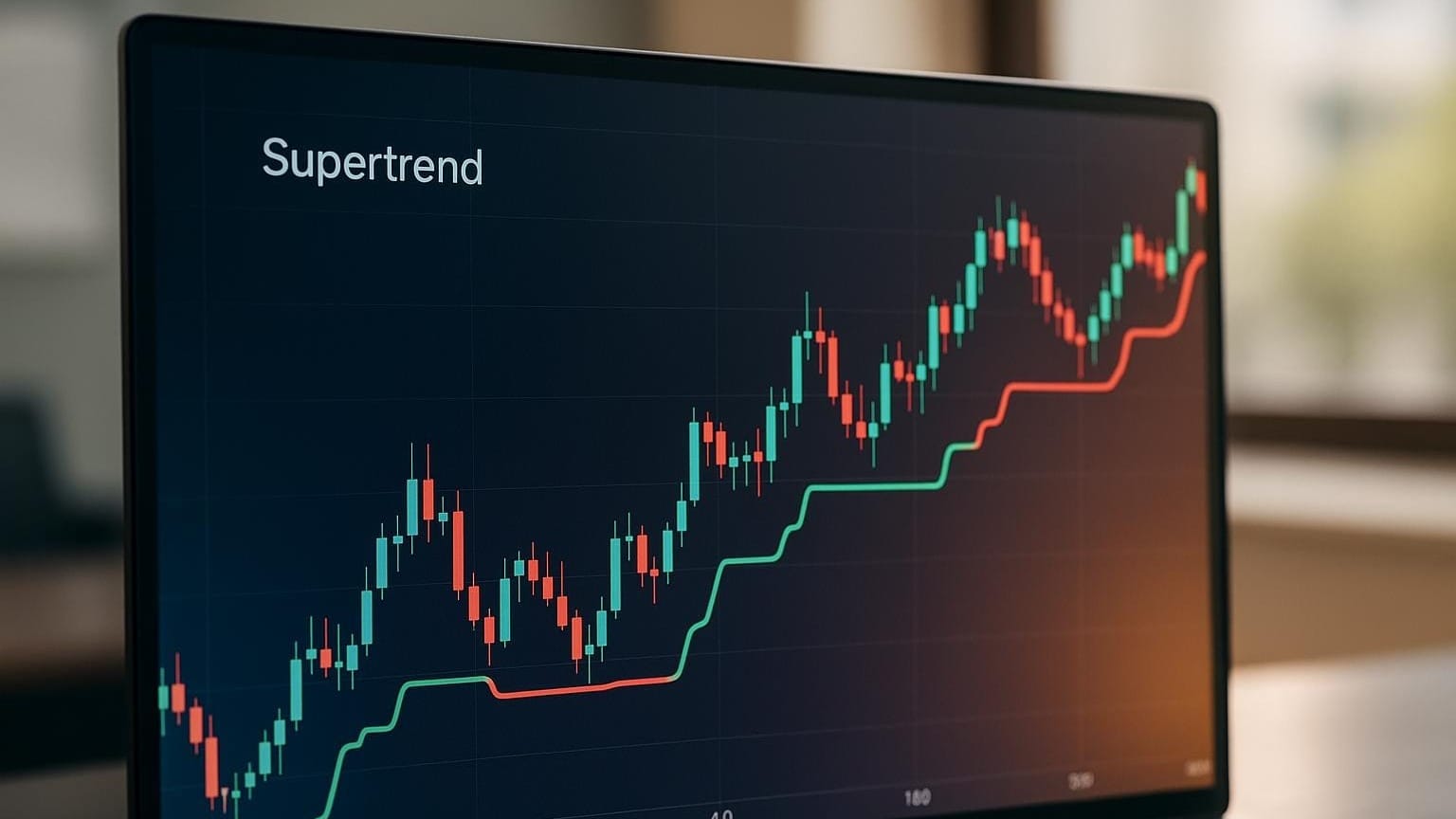Understanding Drawdown, a crucial metric for risk management in trading, and learn effective calculation methods and best practices.
Drawdown refers to the decline in a portfolio or trading account from a peak value to a subsequent trough before a new peak is reached. It is one of the most critical risk metrics in trading and investing because it quantifies losses and highlights recovery challenges. There are three main types of drawdowns every trader should understand: Absolute Drawdown, Relative Drawdown, and Maximum Drawdown. Together, they provide a complete view of downside risk and help traders manage strategies more effectively.
Key Takeaways:
- Why It Matters: Drawdowns reveal worst-case losses, helping traders define risk tolerance, set portfolio limits, and compare strategies.
- Types of Drawdowns:
- Absolute Drawdown: Loss below the starting balance.
- Relative Drawdown: Peak-to-trough percentage drop at any point.
- Maximum Drawdown: Largest single peak-to-trough decline in the evaluation period.
- Tools to Use: Platforms like TradingView simplify drawdown tracking with alerts and visual tools, while LuxAlgo provides hundreds of free indicators, exclusive toolkits, and AI Backtesting to identify low-drawdown strategies.
- Practical Use Cases: Drawdown metrics inform stop-loss placement, diversification, and position sizing.
Quick Example:
If a portfolio grows to $100,000, falls to $75,000, and then recovers:
- Maximum Drawdown: 25% (peak-to-trough loss).
- Relative Drawdown: 25% (same as MDD in this case).
- Absolute Drawdown: If the account started at $80,000, then $80,000 – $75,000 = $5,000.
Analyzing all three types of drawdowns helps traders avoid irreversible losses, evaluate strategies fairly, and align their risk with market conditions.
Drawdowns Explained in 3 Minutes
Calculation Methods for Drawdown
There are different methods for calculating drawdowns. Here’s how to approach them manually and through platforms like TradingView.
Step-by-Step Manual Calculation
| Step | Action | Example |
|---|---|---|
| 1. Peak Identification | Find the highest value | $100 (Initial peak) |
| 2. Trough Location | Identify the lowest point after the peak | $60 (Trough after peak) |
| 3. Calculate Drawdown | (Trough - Peak) / Peak × 100 | ($60 - $100) / $100 × 100 = -40% |
Spreadsheet formulas can help:
- Column B: Input price data.
- Column C:
=MAX($B$2:B2)to track peaks. - Column D:
=(B2-C2)/C2for drawdown percentages. - Final Step:
=MIN(D:D)gives Maximum Drawdown.
TradingView Tools for Drawdown
TradingView simplifies drawdown analysis for Absolute, Relative, and Maximum types. Key features include:
- Visual overlays showing drawdowns across timeframes.
- Custom alerts when drawdown thresholds are crossed.
- Integration with volatility indicators like Average True Range (ATR) for adaptive exits.
Absolute vs Relative vs Maximum Drawdown
Absolute Drawdown
Definition: The decline from the starting equity (initial capital) to the lowest point reached. Example: If you start with $50,000 and equity dips to $42,000, absolute drawdown is $8,000.
Use Case: Evaluates capital risked below initial balance. Important for proprietary trading firm rules and risk assessments.
Relative Drawdown
Definition: The maximum percentage decline from any equity peak to the following trough. Example: A $100,000 peak dropping to $80,000 equals a 20% relative drawdown.
Use Case: Provides a normalized way to compare strategies with different account sizes.
Maximum Drawdown
Definition: The single worst percentage loss observed over the entire analysis period (largest peak-to-trough). Example: Rising to $100,000 before falling to $60,000 results in a 40% maximum drawdown.
Use Case: Serves as the standard benchmark for risk evaluation and backtesting strategies.
LuxAlgo AI Backtesting Assistant for Low Drawdown Strategies
LuxAlgo’s AI Backtesting Assistant leverages AI to test thousands of strategies across markets and highlight those with favorable drawdown profiles. Traders can query it in natural language to find strategies with lower relative or maximum drawdown while maintaining profit potential.
It integrates directly with TradingView workflows and provides detailed analytics, making it suitable for both beginners and experienced traders. For more, see the AI Backtesting documentation.

Drawdown Control Methods
Traders can actively manage drawdowns across all types through methods like:
Position Size Management
Limiting position size reduces exposure. A 2% risk rule on $100,000 means risking no more than $2,000 per trade. As balance changes, risk adjusts automatically, stabilizing drawdown impact.
Risk Spreading Techniques
Diversification lowers drawdown exposure. Spreading across uncorrelated assets—stocks, forex, commodities, and crypto—reduces concentrated risk.
| Asset Class | Allocation |
|---|---|
| Stock Indices | 40% |
| Forex Pairs | 30% |
| Commodities | 20% |
| Cryptocurrencies | 10% |
Market Volatility Exits
ATR-based stop-loss adjustments help manage both maximum and relative drawdowns. Traders can scale stops dynamically:
- 2–3× ATR in calm markets
- 1.5× ATR during mid-drawdowns
- 1× ATR in high volatility
Conclusion
Understanding Absolute, Relative, and Maximum Drawdowns gives traders a complete view of risk exposure. Maximum Drawdown highlights worst historical losses, Relative Drawdown provides normalized comparisons, and Absolute Drawdown emphasizes risk below initial capital. Together, they form the foundation of robust risk management.
- Track all types regularly to understand risks in context.
- Use LuxAlgo AI Backtesting to test strategies for drawdown resilience.
- Combine with diversification and volatility-based exits to sustain long-term performance.
FAQs
What is drawdown in trading?
Drawdown measures any decline in equity from peak to trough. The three main types are Absolute, Relative, and Maximum, each highlighting different risks.
How do Absolute, Relative, and Maximum Drawdown differ?
Absolute Drawdown: Loss below initial balance.
Relative Drawdown: Peak-to-trough percentage decline.
Maximum Drawdown: Worst such loss observed during the period.
Why are drawdown metrics important?
Drawdowns help traders protect capital, set limits, size positions responsibly, and evaluate strategy resilience during market stress.
References
LuxAlgo Resources
- AI Backtesting Assistant
- Introducing LuxAlgo’s AI Backtesting Assistant
- AI Backtesting: Millions of Strategies
- LUCID: Strategy Replication
- Top 5 Metrics for Evaluating Trading Strategies
- Position Sizing Methods
- Dynamic Take-Profit: Volatility Strategies
- Liquidity Zones and Order Blocks
- Liquidity Zones vs. Order Blocks
- Guide to Using LuxAlgo Liquidity Tools
- Top 10 Algo Trading Strategies 2025
- LuxAlgo Features
- AI Backtesting Docs
- AI Backtesting Chat
- Stop-Loss & Take-Profit Docs








